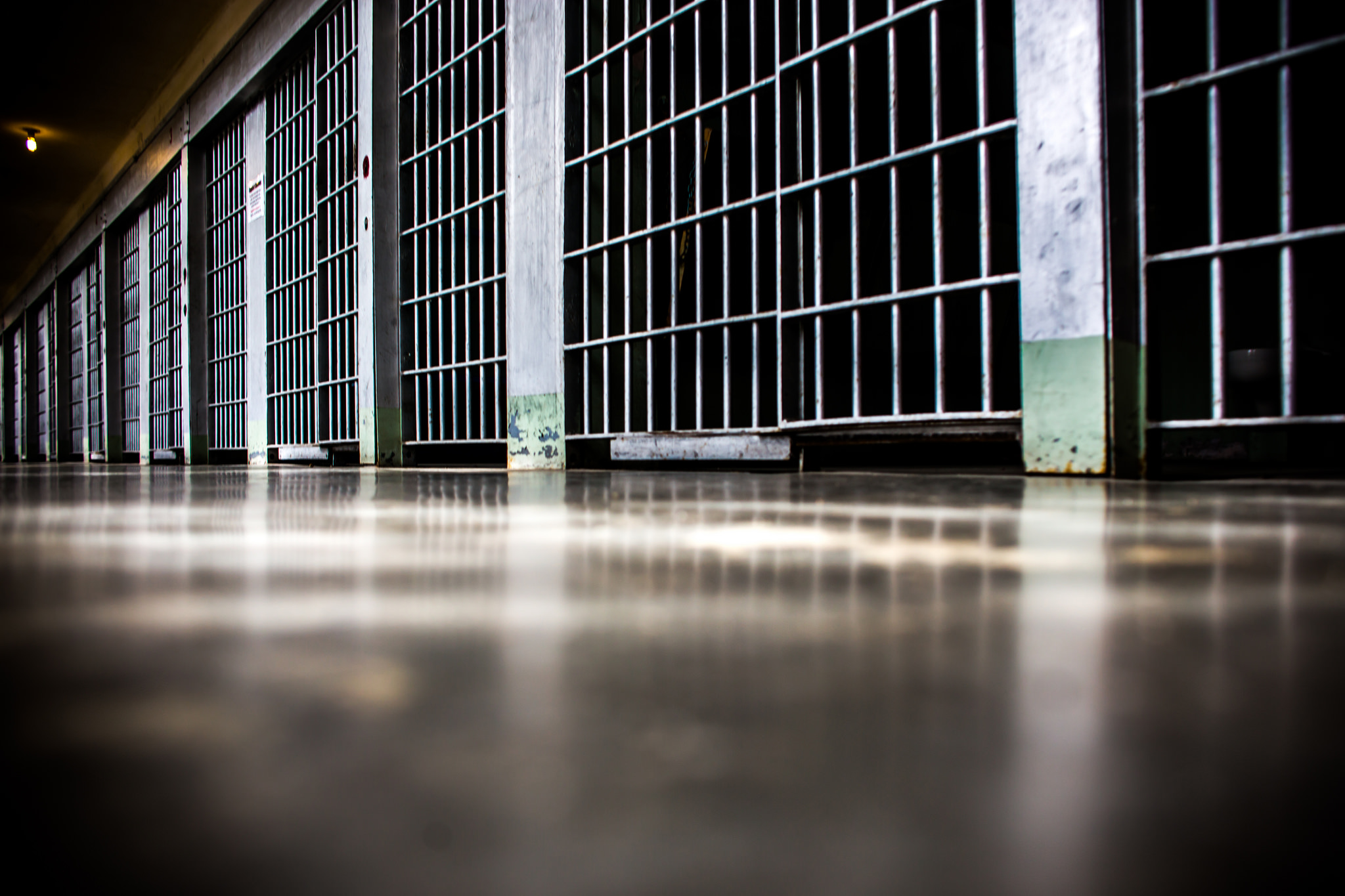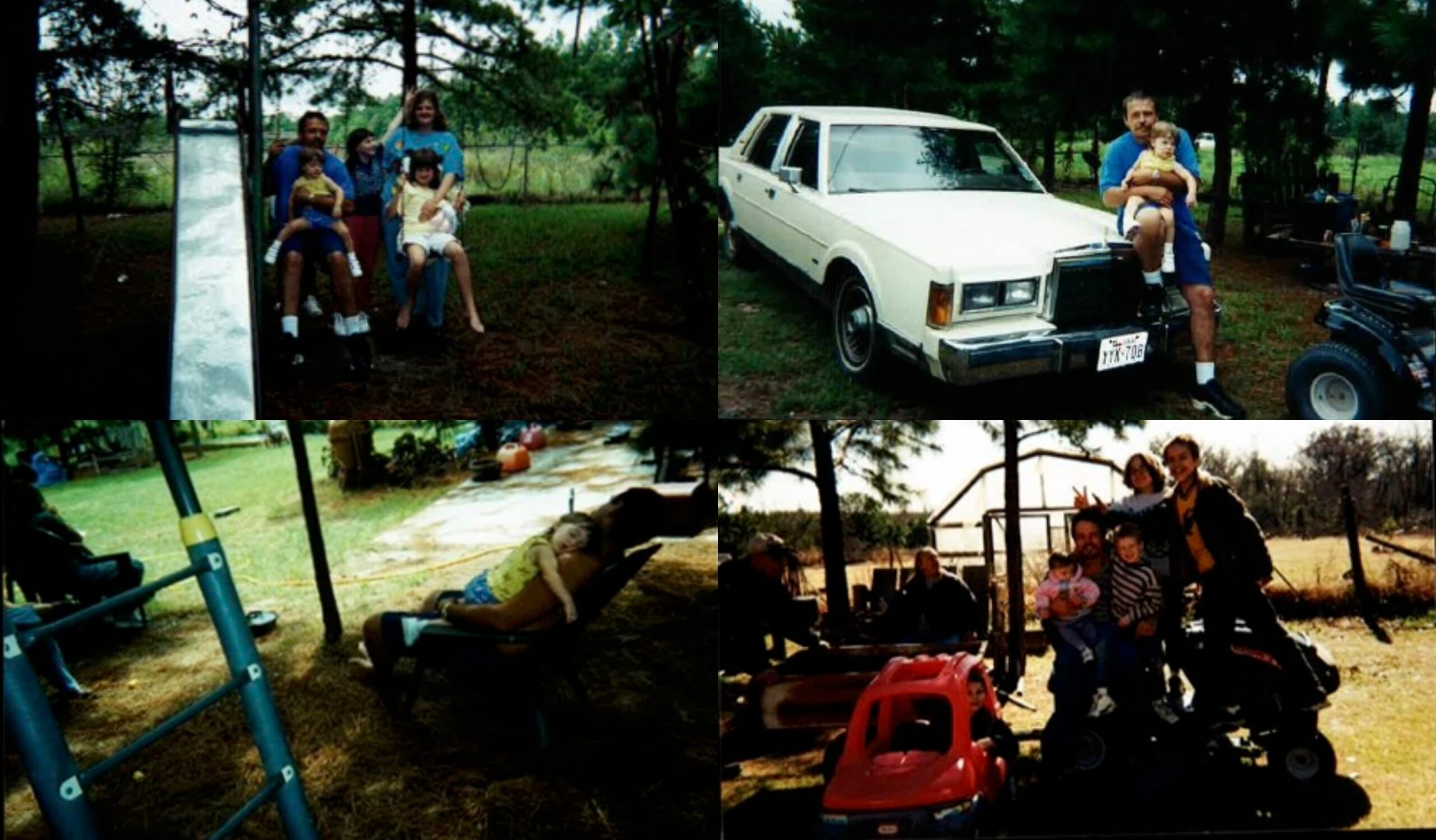
When Prison Reform Goes Bad
What happened to the Legislature's two-decade-old attempt to break the cycle of incarceration for low-level felons?

A version of this story ran in the December 2018 issue.
In the early 1990s, the Texas Legislature tried to build something surprisingly progressive amid the state’s tough-on-crime prison boom: an alternative to prison for low-level felons.
Lawmakers reclassified a host of third-degree felony charges, mostly for drug and property crimes, and reduced their maximum sentences from 10 to two years, creating a new category of offense called state jail felonies. Rather than lengthy prison terms, such offenders would serve shorter sentences in state jails built closer to major cities, where they’d ostensibly have access to more treatment and rehab programs. The idea was to relieve pressure on the overcrowded prison system while also breaking the cycle of incarceration for low-level felons.
Instead, more than two decades later, people leaving state jail have a greater chance of reoffending than any other group in the Texas criminal justice system. Nearly 63 percent of people released from state jails are rearrested, compared to 46 percent of inmates released from Texas prisons, according to Legislative Budget Board data.
What happened to such a promising idea?
“You could wait weeks for treatment in the community, or you could relapse and get arrested tomorrow. Those are the only options a lot of people have right now.”
Doug Smith, a senior policy analyst with the nonprofit Texas Criminal Justice Coalition, says lawmakers never delivered on the rehabilitation-focused approach they had promised. Without re-entry planning, ongoing mental health care and other rehabilitative programs, many formerly incarcerated Texans have little chance of reintegrating into society. According to Smith, state jail felons have lower education levels and higher rates of drug abuse and mental illness than the broader prison population. Meanwhile, only six of Texas’ 15 state jails provide substance abuse treatment, which many offenders don’t qualify for because their sentences are too short.
Even for state jail felons who do access treatment in lockup, there’s almost never follow-up care or supervision. According to a new report co-authored by Smith, only 87 of the nearly 20,000 people discharged from state jails in 2016 were released on probation — less than one-half of 1 percent.
“Basically, we’re throwing a great amount of need into a system that is not designed to provide any meaningful or effective rehabilitation,” Smith told the Observer. “This is not the failure of individuals who made mistakes and kept reoffending. This is the failure of a whole system.”
Smith is encouraging the Legislature to fund more diversion programs to keep people out of state jails, while also boosting rehabilitative and re-entry programs for the offenders who wind up there. After a series of interim hearings on the issue, lawmakers are expected to consider reforming the state jail felony system in the 2019 session.
The system’s failures underscore the need for lawmakers to find ways to address public health issues outside the criminal justice system, Smith said. On average, low-income Texans with substance abuse disorders must wait more than two weeks for intensive residential treatment and nearly four weeks for outpatient treatment.
“You could wait weeks for treatment in the community, or you could relapse and get arrested tomorrow,” Smith said. “Those are the only options a lot of people have right now.”



